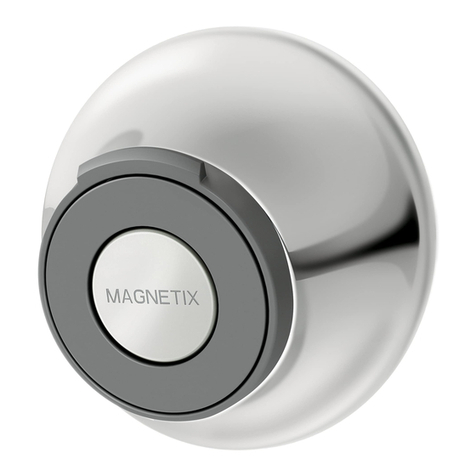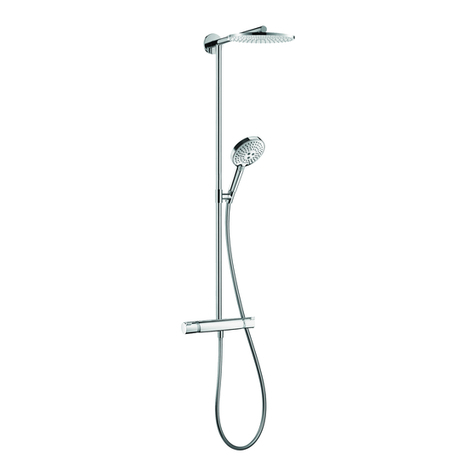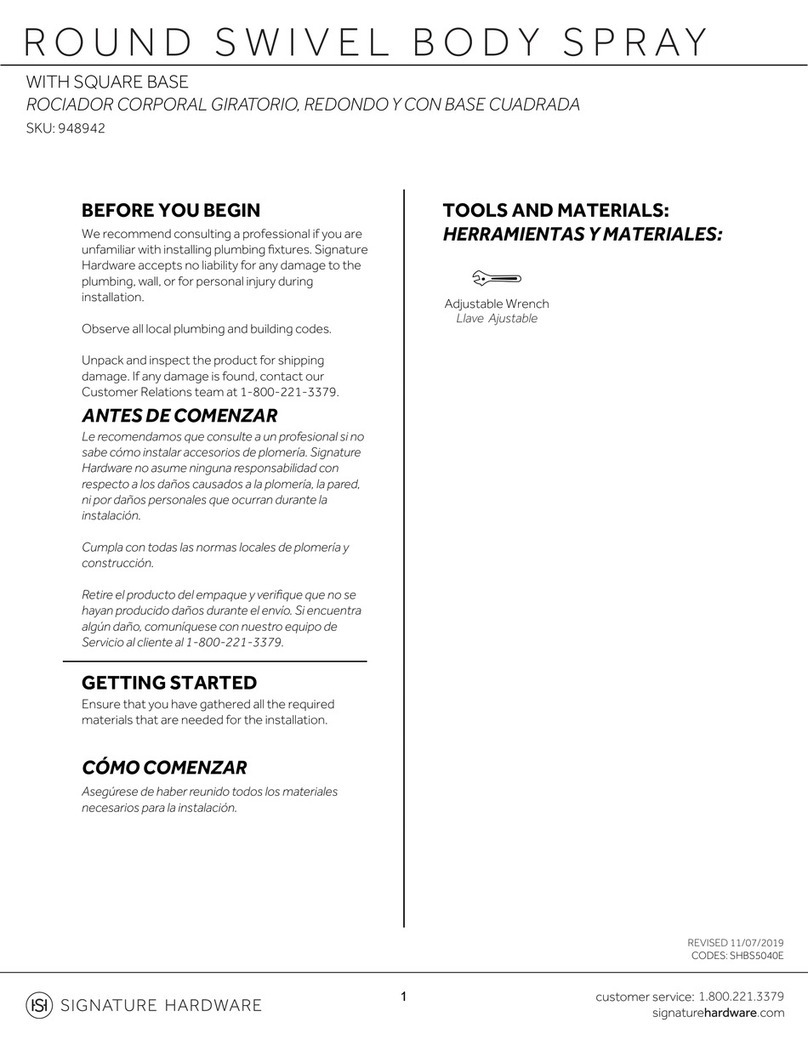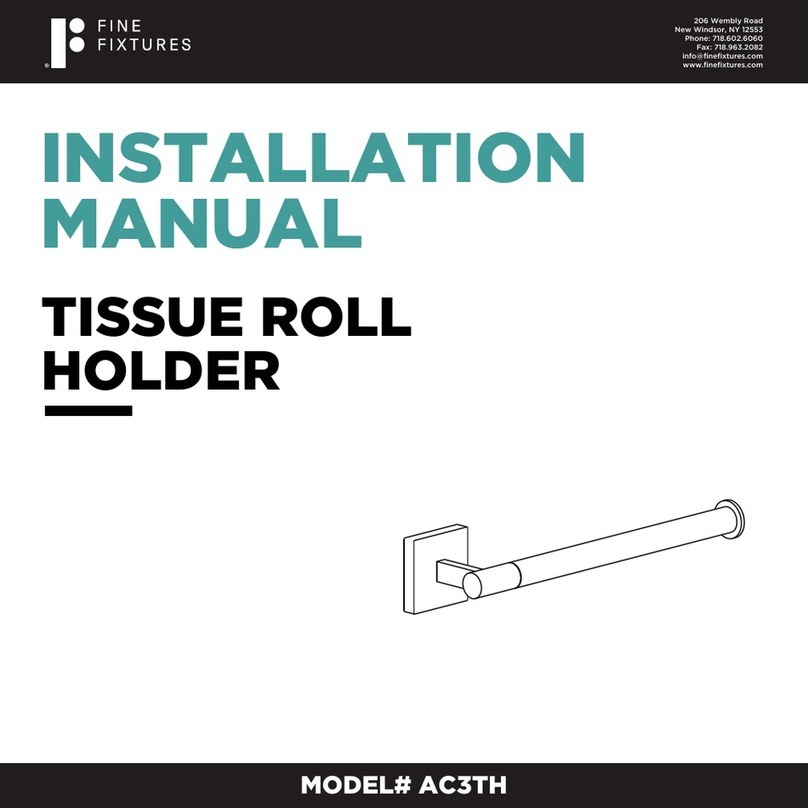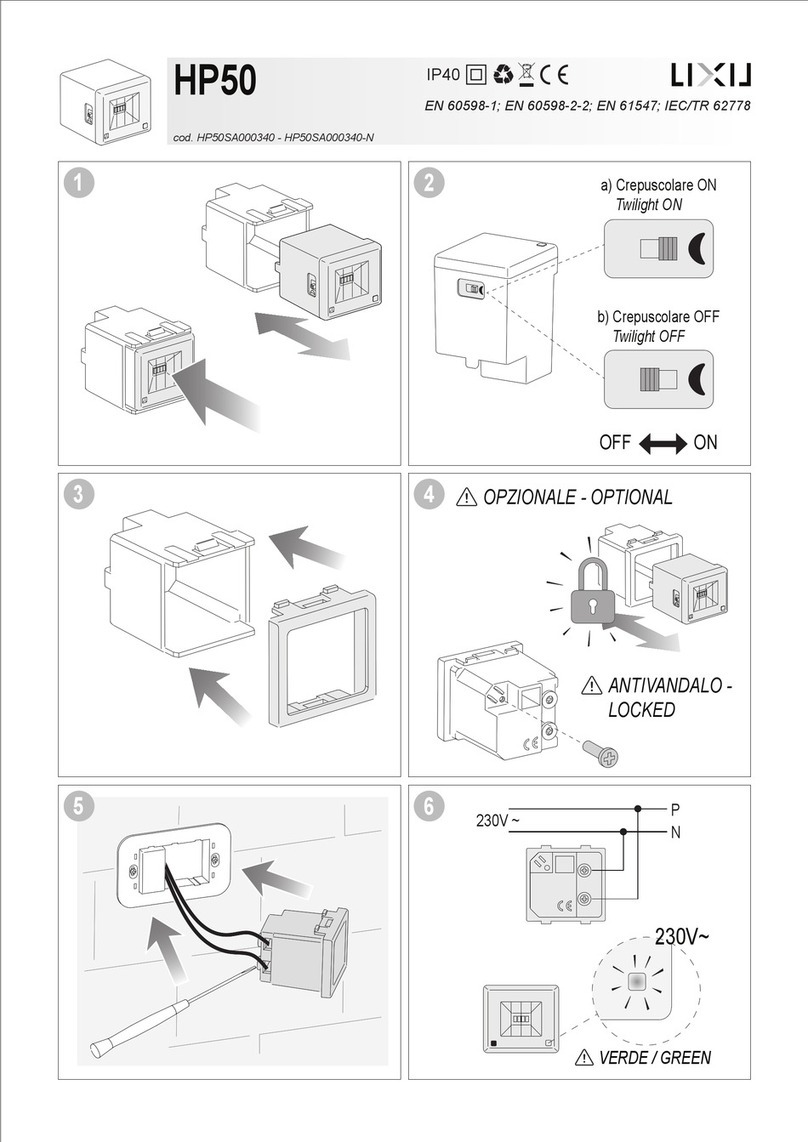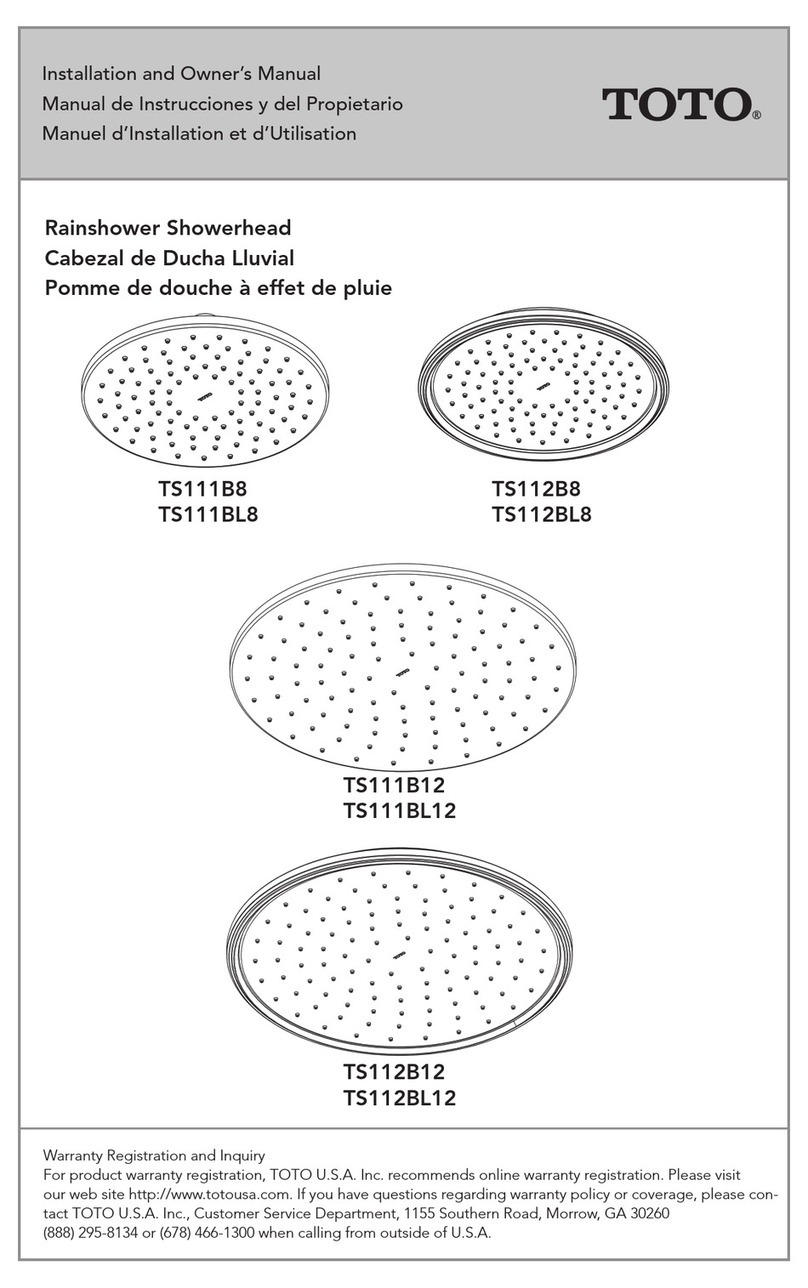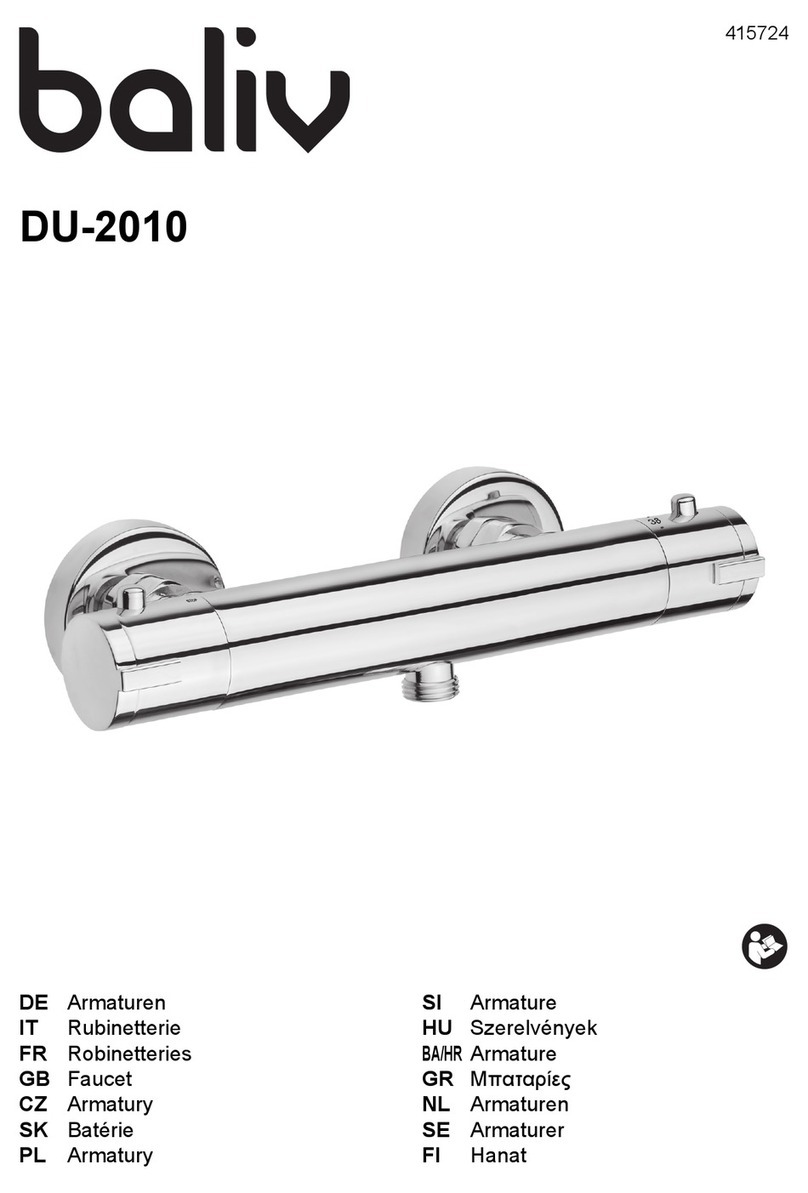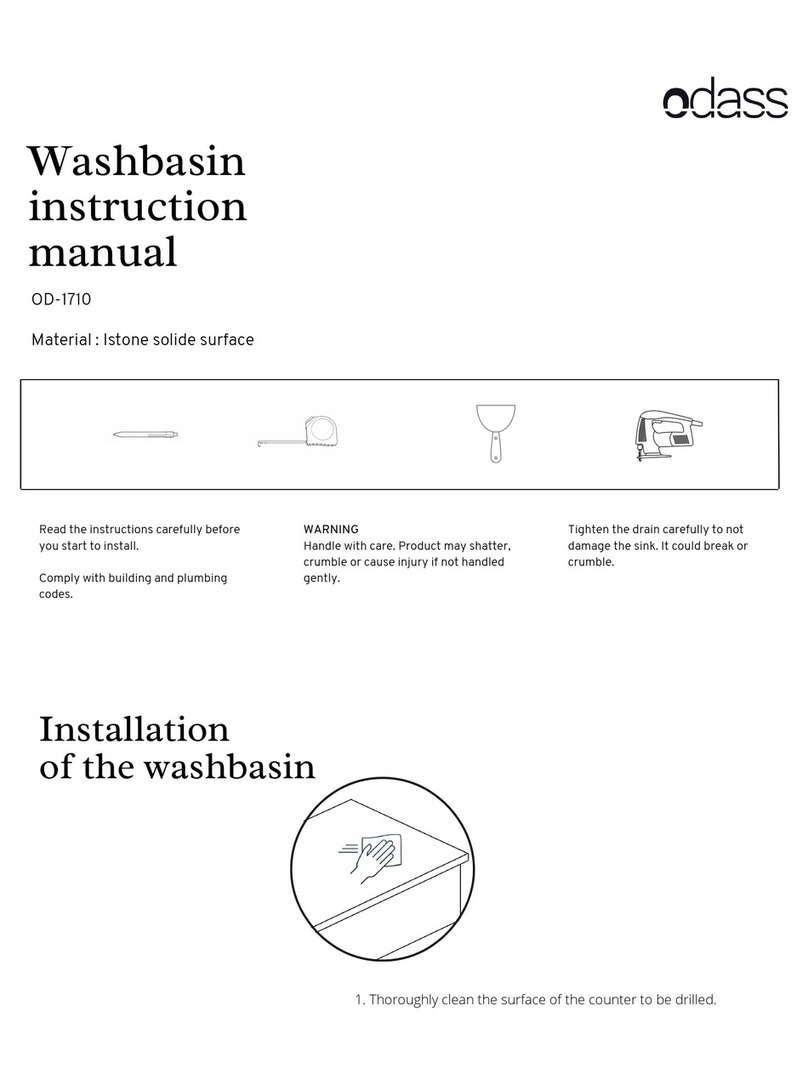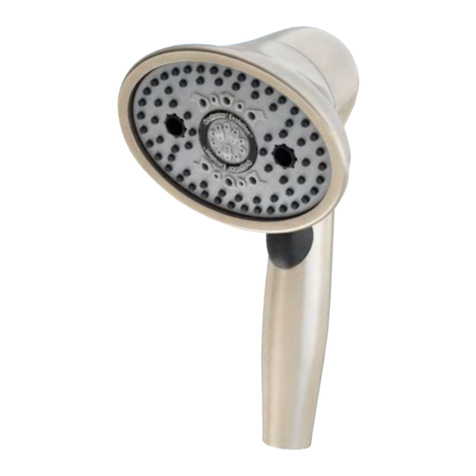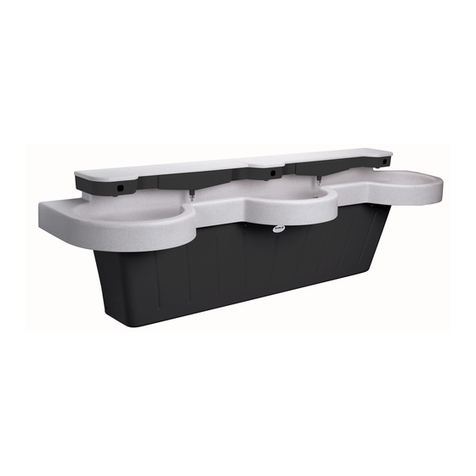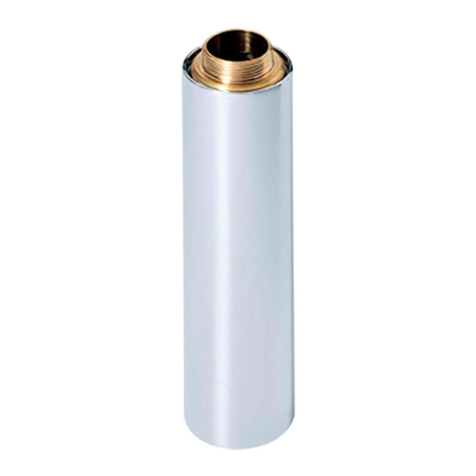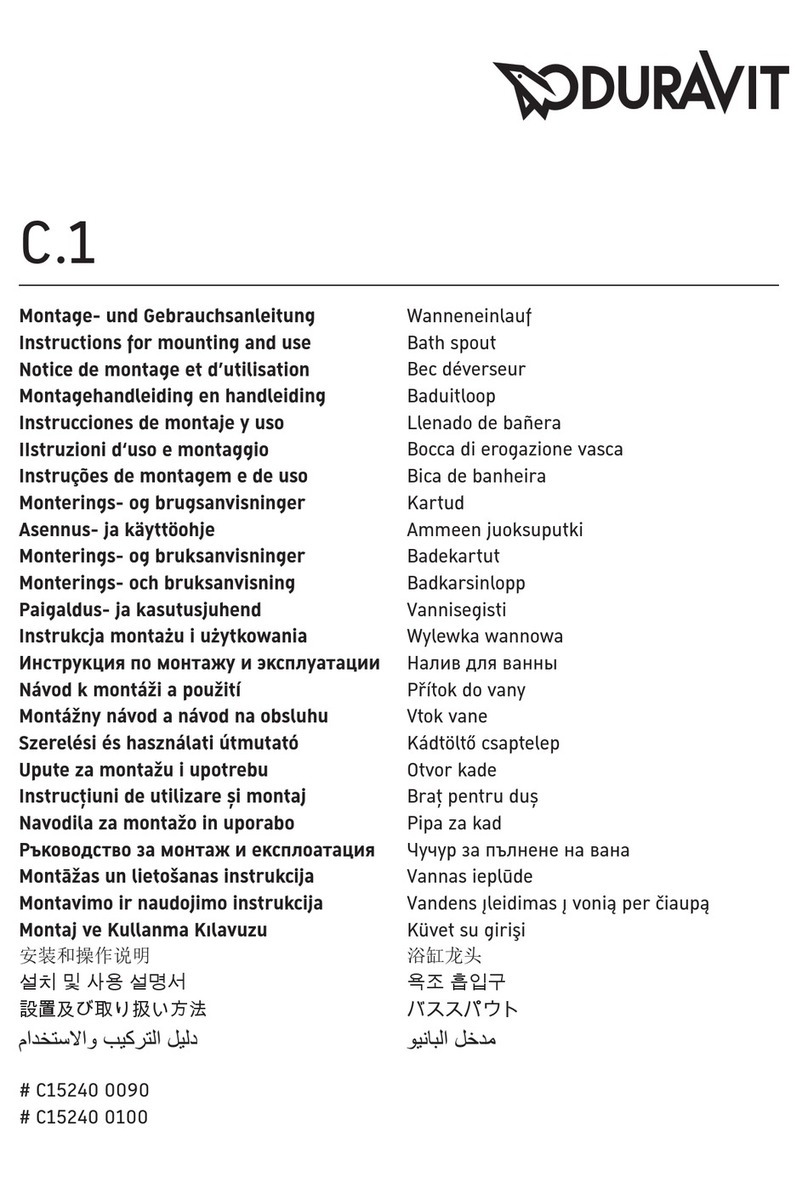Oper ting Instructions for Cl ssicLine / PremiumLine Decont min tion Showers
B-SAFETY Gmb
Grützmühlenweg 46 • DE 22339 amburg
Tel. +49-(0)40/53 80 92-70 • Fax. -86
info@b-safety.com • www.b-safety.com
ATTENTION! For new installations the water system must be rinsed out before connecting the shower in order
to avoid contaminants damaging the valve. Complaints resulting from pipes which have not been rinsed will not
be accepted.
1. Applic tion
Decontamination showers are used for the decontamination of wearers of chemical suits with an external air sup-
ply by means of fine spray nozzles. Low water consumption is achieved by the use of special spray nozzles. Not
suitable for areas where there is a risk of frost.
2. St nd rds nd Regul tions
Please observe the specifications of any regulations which may be valid.
3. Import nt notes nd gu r ntee
The assembly, commissioning and maintenance may only be carried out by a specialist in line with instructions
provided and in accordance with legal regulations and the accepted technical rules. The technical conditions of
the local water and energy suppliers must be adhered to. Subject to change.
Work on an electrical system should in principle only be undertaken by technical specialists when power is dis-
connected - see also the relevant accident prevention regulation, the VDE (Association of German Electricians)
regulations and the regulations of the local energy supplier.
Take appropriate measures to prevent electrostatic charges in EX environments. In particular clean any plastic
surfaces by gently wiping it with a damp or antistatic cloth.
Our liability for defects in delivery is set down in our terms of delivery. No liability is accepted for loss or damage
which occurs as a result of failure to observe the operating and maintenance instructions and the operating con-
ditions.
4. Oper ting pressure
B-SAFETY decontamination showers are designed for an operating pressure of at least 2 bar. The volume flow
depends on the water pressure which is present and also the diameter of the connecting pipes. B-SAFETY de-
contamination showers with 12 special spray nozzles do as a rule have a volume flow of at least 3.7 litres / mi-
nute (0.98 GPM) per nozzle (total approx 45 litres / minute (11.89 GPM)) at 3 bar flow pressure.
5. W ter supply
B-SAFETY decontamination showers should be connected to the drinking water supply. The drinking water sy-
stem should be installed in accordance with DIN 1988 and DIN EN 1717. For new installations the water system
must be rinsed prior to connection of the shower in order to avoid damage to the valve through contamination.
6. Electric l Connection
All decontamination showers with electrically operated options must be connected to the electricity network at de-
livery by electrical specialists with the power disconnected.
All cable entries are equipped with a thread for M20 cable entries with an entry for the incoming electrical power
supply located on the lower front side of the terminal box. The electrical power supply must be secured with a fuse
of the appropriate rating plus an RCD with max. 30 mA release current. All metallic components of the shower
system must be connected conductively with the existing potential equalisation of the system which is present.
Particular structural requirements (such as EX-area, EMC, corrosion protection or similar) must be checked on
site and taken into consideration. It is necessary to carry out a functional check and test of all safety installations
(measures) and to record it. All relevant VDE and further superordinate stipulations must be observed and ad-
hered to.
The decontamination shower systems can be supplied for normal and EX environments. Check whether the sy-
stem is marked in line with the required environment prior to commissioning in EX environments!
7. Loc tion
The B-SAFETY decontamination shower must be installed with a level subsurface which must be able to bear the
weight of the shower in an installed and filled condition. Access must always be kept open; it must not be possi-
ble for the shower to be damaged by vehicles. The area around the shower must also be well illuminated and the
shower itself must be clearly marked with easily visible signs.
8. Inst ll tion
In order to avoid damage to furnishings and floor, the shower should be installed in the vicinity of a drain so the
water emerging from the shower can run off into a sewer channel. No consequential damage may be caused
through escaping water when the decontamination shower system is used. If necessary the escaping shower
water must be drained off securely with housings and catch basins.
bed-dekon-eng

